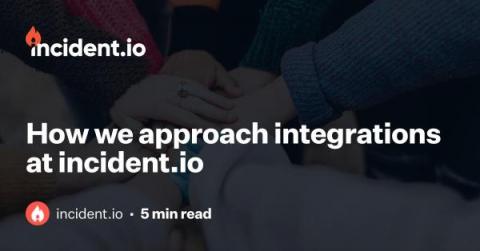What Is IT Mapping and How Can it Prevent the Next Production Incident?
IT infrastructure mapping is the process of creating a visual topology of a network infrastructure. This mapping process helps understand the geographic and interactive layout of a network, which applications depend on. Using infrastructure mapping for troubleshooting, you can quickly understand the relationship between application issues and hardware issues.











